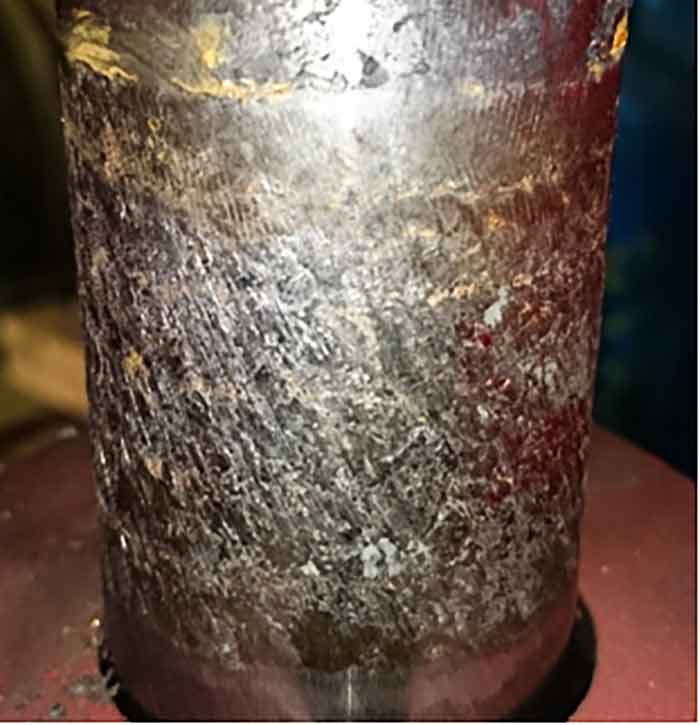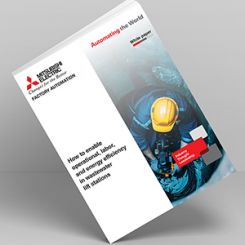Valve packing is a necessity for plants trying to contain product and meet the latest emission requirements. However, finding a sealing product that works and has longevity can be a challenge. Graphite-based packing can be a good choice for stem sealing when elevated temperature requirements are necessary. This is due to graphite’s ability to maintain its sealing properties at temperatures that cause polytetrafluoroethylene (PTFE) to break down and allow leaks to occur. However, graphite is not an electrical insulator like PTFE; graphite will act as a metal and undergo galvanic corrosion if the environment is right. Maintenance can be a hassle, magnified by the discovery of a corroded valve stem. When a valve stem undergoes galvanic corrosion, the packing is no longer effective and leaks can occur. It also becomes very difficult to continue using the corroded stem when the valve needs to be repacked. However, if the stem is corroding, it is because the conditions are such that it is easier for the system to rust than stay as the perfect stem originally installed.
 Image 1. Corroded stem. (Images courtesy of FSA)
Image 1. Corroded stem. (Images courtesy of FSA)Noble v. Less Noble Metals
When different metals are in contact with each other, in the presence of an electrolyte, galvanic corrosion can occur. The electrolyte acts as a hydrogen source in this system, helping one of the metals (the less noble one) to corrode. The other more noble metal will not corrode. If a metal is “more noble,” it will be happier staying itself. If a metal is “less noble,” it will be happier giving up its electrons and corroding. When looking at the galvanic series, the list of metals has one end that is “active” and the other that is “passive.” This is the same idea as nobility. Metals that are at the active end are happier oxidizing than the metals on the passive end. The farther away from each other on the series the metals are, the more likely they are to corrode. Graphite packing is common for sealing valves with stainless steel stems. Since graphite falls on the passive end of the galvanic series, this match can cause corrosion of the stem if an electrolyte is present within the stuffing box. In this case, the stainless steel (especially 410) is happy to give up its electrons to the graphite. This causes corrosion of the stainless steel, damaging the valve stem. The electrons move to the surface of the graphite and react with hydrogen ions present in the electrolyte. Therefore, the more acidic (more H+ ions), the worse the corrosion will be. Image 2. Corroded pump shaft.
Image 2. Corroded pump shaft.
